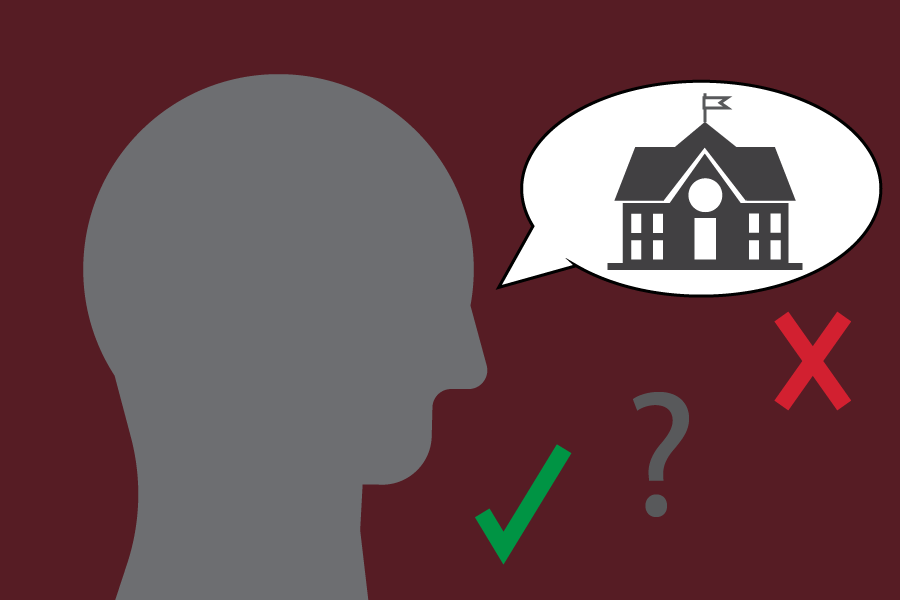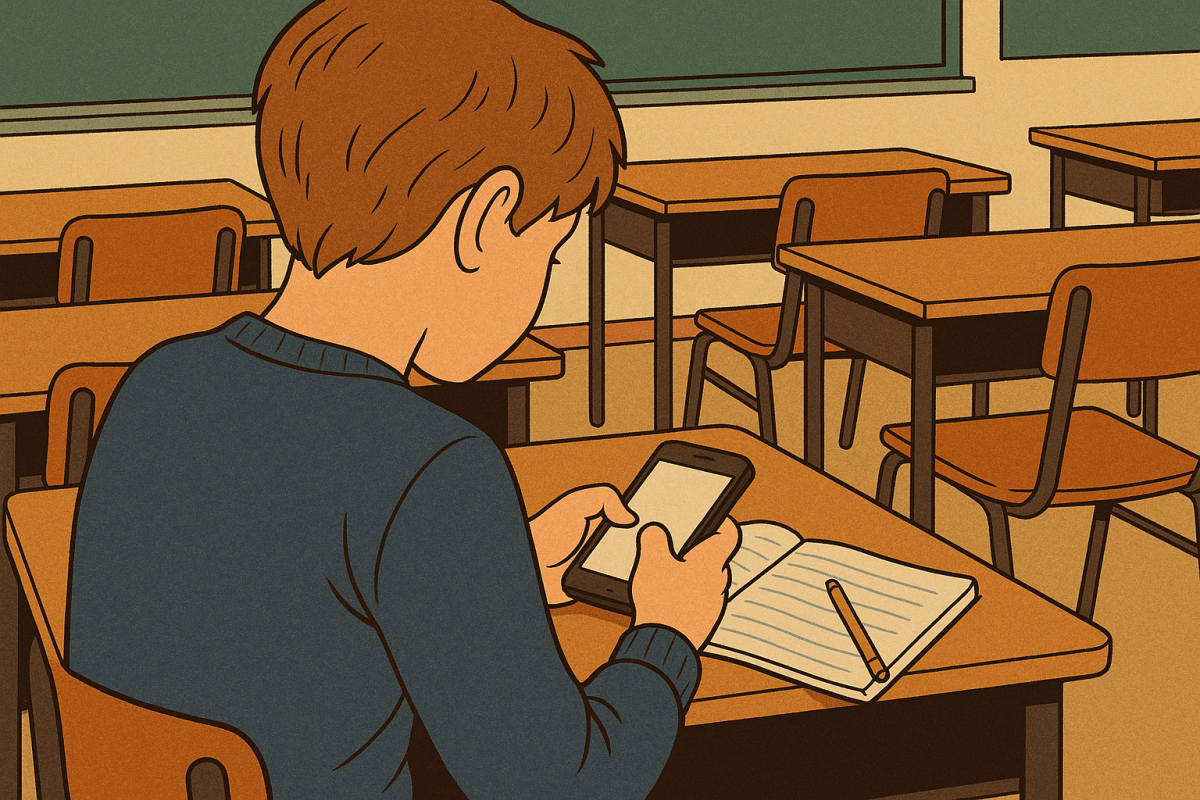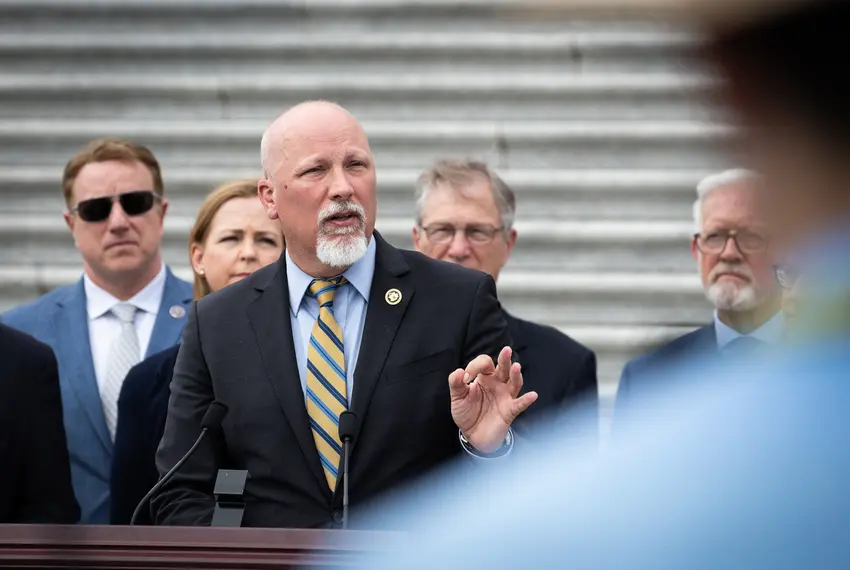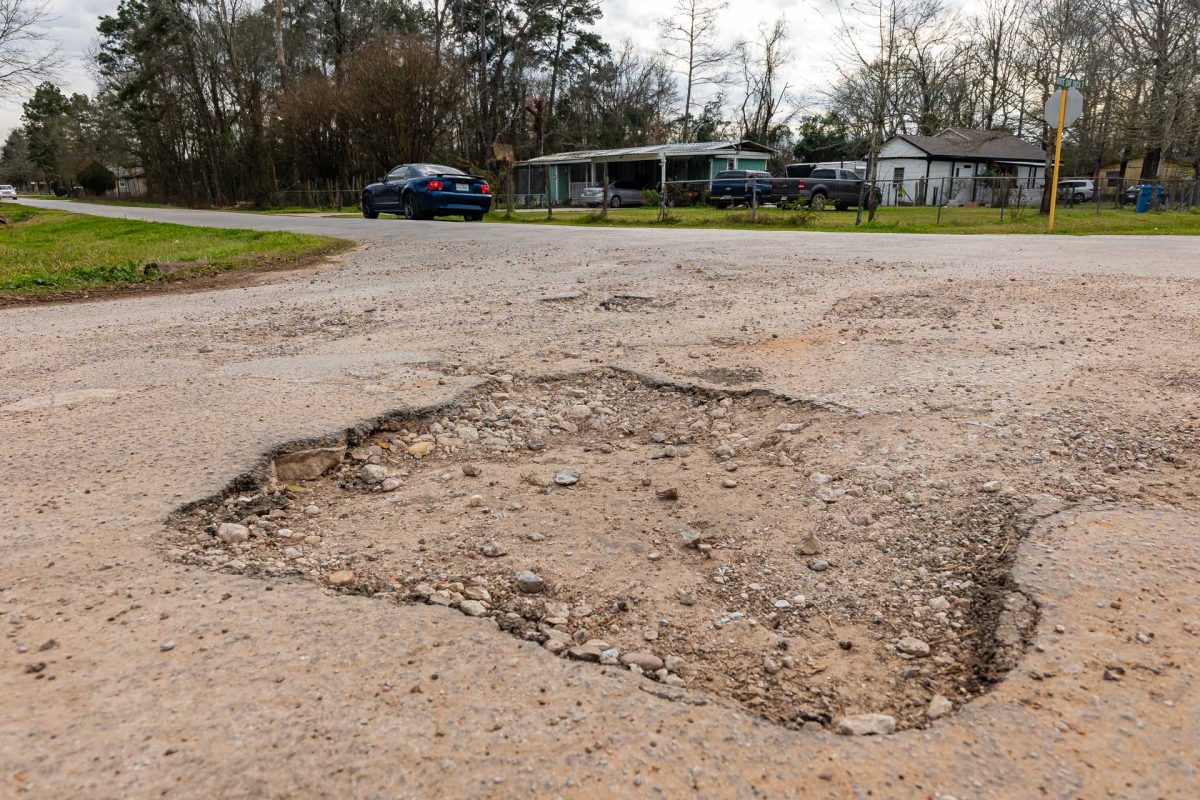Kids 12-19 spend an average of $104 a week in 2001, according to Teenage Research Unlimited. Few, it seems, know how to handle $104: Most high school seniors scored an F on the money management quiz from the JumpStart Coalition for Personal Financial Literacy.
In order to improve students’ financial knowledge, schools should teach students how to manage, more efficient way, financial literacy to improve graduated student’s financial knowledge.
Teaching financial literacy at a young age helps kids develop healthy financial habits. According to LinkedIn, Empowered the Next Generation: Teaching Kids about Money, “kids who grasp the concept of saving are more likely to develop a lifelong saving habit, and learning how to save and invest wisely can set them up for future financial security.”
Being financially literate also gives students control over their finances. Knowing where your money is being invested and what you need to do to achieve financial well-being. That could lead to a more stable financial future and peace of mind.
Teaching kids financial literacy helps them prevent going into debt in the future. According to CNBC, the lack of personal finance education has proven to be devastating. It has led to people ranking up credit cards and student loans and not saving enough money for retirement. This could lead to not enough money for retirement or being in debt.
Some may argue that financial education on financial knowledge has drawn negative conclusions. One study used Jump$tart scores from 2000-2006 and reported that high school seniors who took a full semester course in personal finance and average scores that were no higher than all seniors who took the test (Mandell 2008).
It is important for teachers to teach students how to manage financial literacy. Being financial literate can help students make more smart and informed decisions with their money and avoid debt later on in the future.











